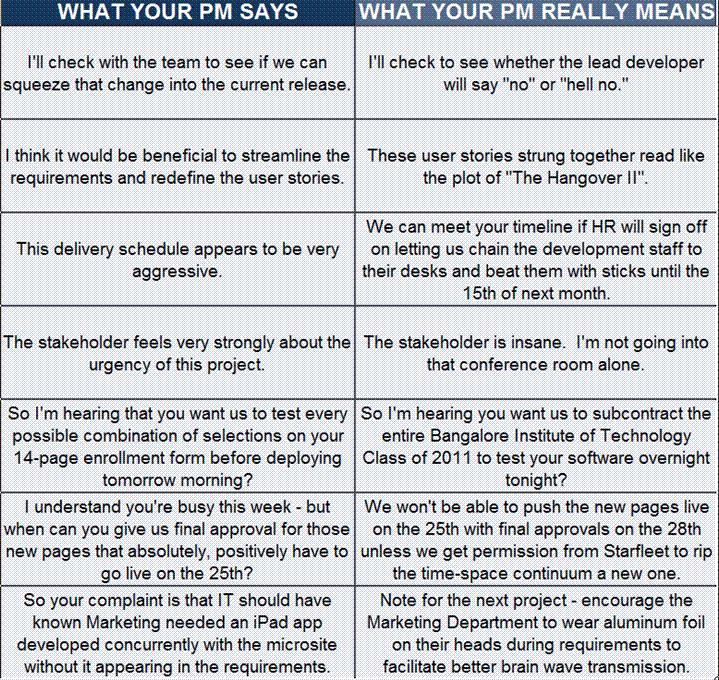Some observations from the Forrester CIO/CMO Conference last week:
A COMBO CIO/CMO – LONELY AT THE TOP, BUT AT LEAST HE HAS EACH OTHER
Ponder the possibilities of one person serving as both CIO and CMO of the company. I have heard of two examples of executives doing this so far, one of whom I met at the conference. Leadership of both Technology and Marketing is a formidable reponsibility to shoulder on one’s own, but it does yield some advantages. For one thing, if you need to bogart some budget dollars, you don’t have to strongarm or cajole your counterpart. You just reach into the other pocket.
The CIO/CMO I met said that one of the secrets to avoiding getting overwhelmed was requiring all projects to have a 5-year cost/benefit plan. This weeds out a lot of ideas that don’t have strong legs from ever reaching the backlog. And, it weeds out a lot of “hey, wouldn’t it be great if….” mavens who don’t want to do the hard work of figuring out a project’s worth to the enterprise. And Agile development practices ruled the day there.
THE IT DEPARTMENT CHARGEBACK SYSTEM IS SEEN BY SOME AS A WORST PRACTICE
I heard an executive from a well-established company complain that, at her shop, the estimate for her Technology department to load a single marketing database table is three months and $50K. She swore it was not an exaggeration.
For many of us, it’s all we’ve known – the IT department as a cost center. You initiate a project, the hours the technology team spends building it gets charged to your project. Sometimes the hours it spends estimating the hours it will take to build your project are charged, too. It can be a catalyst for an adversarial relationship.
Let me know if this sounds familiar. Marketing battles it out and wins a place on the sprint. The project is built, but Technology had to jettison non-essential but user-friendly features in order to make the release on time. Without those features, it’s a clunky user experience. So adoption sucks. Marketing says that’s because the project’s not done – original features aren’t in there yet. But Technology says it is done – Marketing agreed to the changes in order to make the deadline, now those original features are enhancements which need to go on (cue ominous music…) the backlog. The CMO explodes when she hears this – she’s getting graded on customer adoption, which sucks right now. With arm-twisting, the features get crammed into the already-tight current sprint. Nights and weekends. Overtime. Enough times on that merry-go-round, and eventually IT starts sandbagging the estimates to protect themselves. So now it takes three months and $50K to load a table.
Some companies have combatted this broken system by making the CIO and the CMO equally accountable for metrics like adoption and customer satisfaction. The CIO and the CMO then have a really good reason to agree on the definition of done – their wallets. Another way companies have remedied this is for the CIO and CMO to work as partners – literally, not figuratively. Meetings several times during the day, offices next door to each other, one executive is never without the other in important meetings. They’re Butch Cassidy and the Sundance Kid, only with separate posses.
BEST PRACTICE COMPANIES DON’T ASSUME THEY KNOW
“If I were a user, I would want.”
“I just know.”
“Users liked this, so they’ll probably like that.”
You’d never hear these phrases in some shops. Best-in-class companies wouldn’t dream of mass-marketing or going live with something new they haven’t rigorously tested with users. In fact, one example in one of the keynotes was the application of technology specifically toward making testing easier, quicker, cheaper, and more nimble. These were big-money projects, but there was not even a question of whether they were going to test – the only question was how efficiently. Testing isn’t exactly sexy – but it’s necessary, and often skipped by less committed shops. But robust testing is what happens when the CIO and CMO are equally committed to producing outcomes and not just projects.

